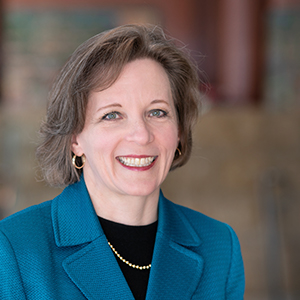Investor ownership of single-family homes has exploded, both nationally and in the Minneapolis-St. Paul metropolitan area. When the Great Recession forced many homeowners out of their homes in the early 2010s, investors picked up foreclosed homes at low prices and turned them into rental properties. Over the years, the single-family rental market has gradually continued to grow. While this pattern has created more options for renters, the rise of investor-owned homes has reduced opportunities for homeownership. In turn, this could have implications for neighborhood stability and household wealth accumulation.
To provide local context on how investor ownership of single-family homes has evolved in the Twin Cities area since the Great Recession, the Federal Reserve Bank of Minneapolis has developed an interactive tool that shows the patterns, both over time and geographically. This tool should be helpful to neighborhood activists, affordable housing advocates, and policymakers concerned about how investor ownership of residential properties affects communities.
For more detail about our methodology, see the technical appendix.
Libby Starling is Senior Community Development Advisor in Community Development and Engagement at the Federal Reserve Bank of Minneapolis. She focuses on deepening the Bank’s understanding of housing affordability, concentrating on effective housing policies and practices that make a difference for low- and moderate-income families in the Ninth Federal Reserve District.
Tu-Uyen Tran is the senior writer in the Minneapolis Fed’s Public Affairs department. He specializes in deeply reported, data-driven articles. Before joining the Bank in 2018, Tu-Uyen was an editor and reporter in Fargo, Grand Forks, and Seattle.




